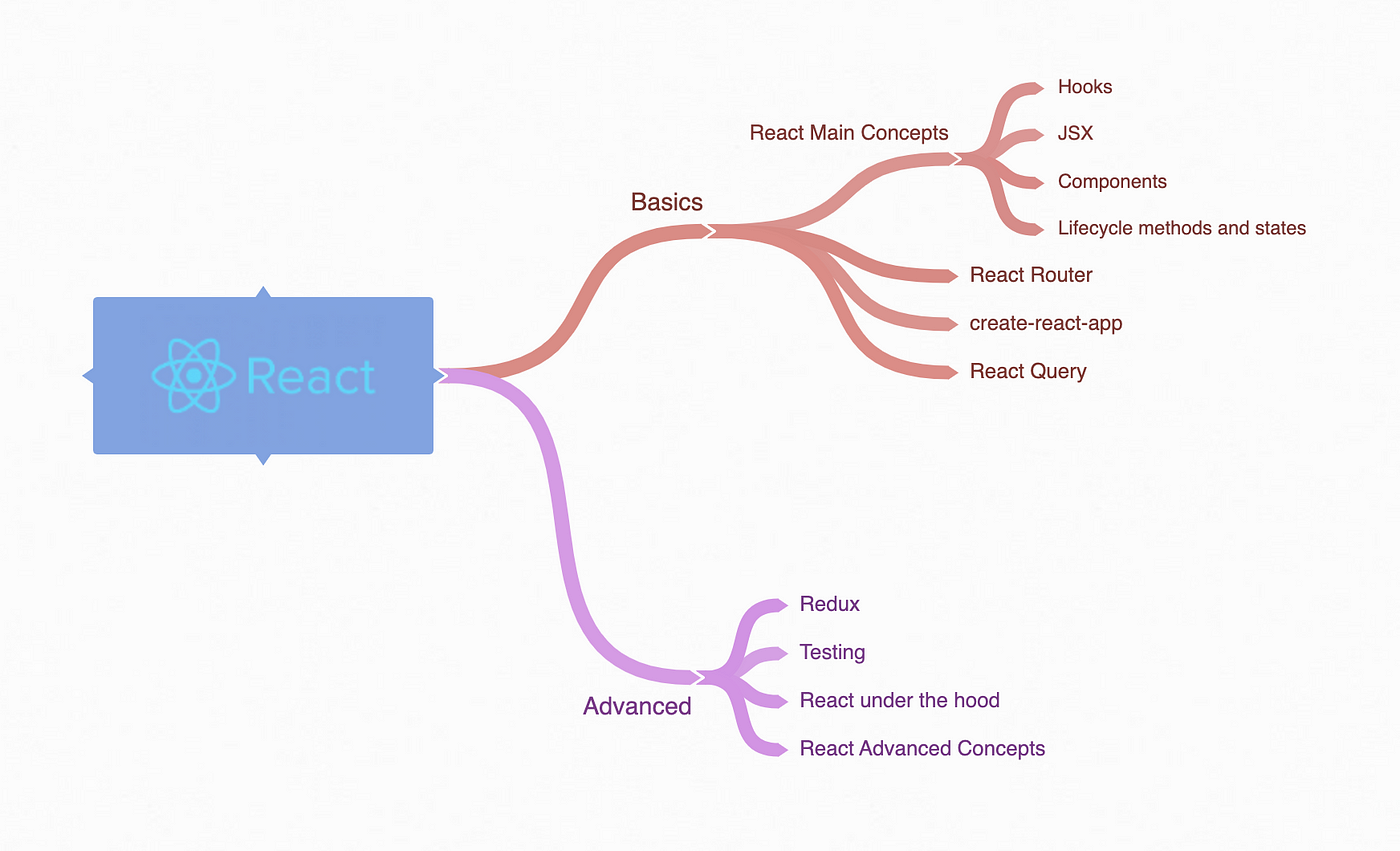
React
Learn about coding, technology, the market, the latest movies and much more. Stay updated with the latest material and learn in details with featured in-depth articles delivered under various topics on a regular basis.

React
React. js is a well-known JavaScript framework used to design the UI and, knowing it, one can get a lot of opportunities in web design. If you are an aspiring or an experienced web developer that wants to level up using React, there are core areas that if focused on, will greatly enhance the competency of a developer practicing React. Here are the major areas of knowledge you should know in order to build React applications.Introduction JSX is used in the implementation of React and refers to a syntax extension of JavaScript that will enable you to write HTML in JavaScript files. Learning about the JSX is important since it makes it easier to develop the React components since it is part of the language.
Key Learning Points:
React is based on the idea of the components which is a part of UI that can be used multiple times. It is crucial to know how to implement functional and class components and how to transfer data using props.
Key Learning Points:
Statе is the concept in React that helps components store and update data within its life cycle. You’ll learn how to handle state in a component through the concept of lifecycle methods (for non-children components), and hooks (for functional components).
Key Learning Points:
componentDidMount, componentDidUpdate)useState, useEffect in functional componentsReflect on React Hooks they allowed adding the state and side effects handling to functional components. Hooks let you “hook into” the features of the React library without class-based components.
Key Learning Points:
useState, useEffect, useContextuseMemo and useCallbackIn order to create multi-page applications it is necessary to study React Router. It helps you work within the various parts of the site or the program without having to open another new page.
Key Learning Points:
BrowserRouter, Route, and Link
Forms are often dealt as a part of most applications and React offers compelling means to work with form data and its validation. This can be made easier by using learning libraries such as formik or react hook form.
Key Learning Points:
There are issues with application in that state management increases in complexity as the number of components increases. To manage the state, tools like Redux or the React Context API can be learned which makes the management of the global state easy.
Key Learning Points:
Throughput is important for any application specifically those that require large scale access. The react library comes with ways and means to enhance rendering and overall performance of applications.
Key Learning Points:
React.memo, useMemo, and useCallbackuseEffect is a hook available in React which helps to execute side effects (for example data fetching, subscription) in functional components. It is therefore important to understand how such side effects can be effectively managed so that one can go on with his or her daily life.
Key Learning Points:
useEffect usage for fetching dataStyling is always an important component of any application and not an exception to the React applications. React allows for various CSS application methods and it will be beneficial to know various methods of styling.
Key Learning Points:

React is an enormous ecosystem and if you’ve a grip on the basic fundamentals like components, state, props, and hooks, you can be considered a professional. In addition to those, getting state management, routing, performance, and styling would take your level up a notch. Begin with these key areas in mind and you will be in a good stead to develop high impact, elastic React applications.